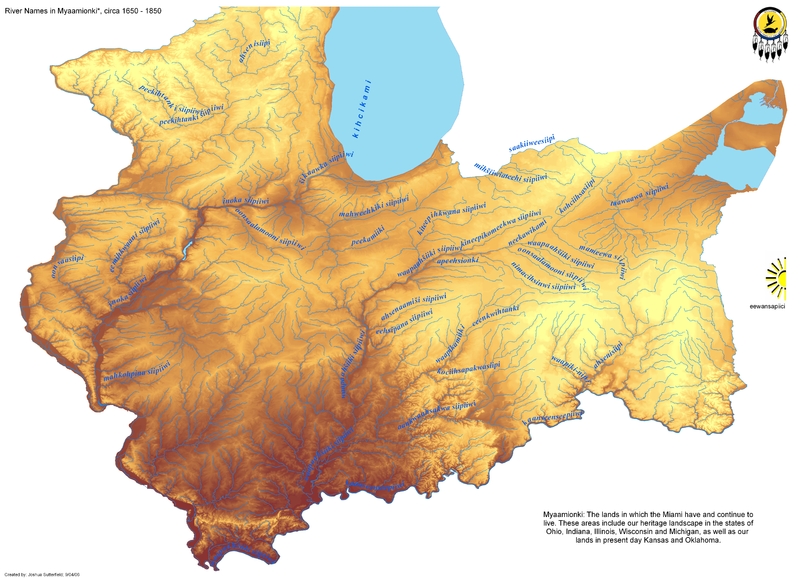This module introduces a variety of concepts and artists related to Indigenous explorations of place, land, and mapping. We will encounter some artists who engage in counter-mapping – the practice of disrupting settler mapping system and the labels and assumptions they impose upon the land – using digital tools. We will also encounter artists who use digital tools to craft digital places.
Reading and Learning
Choose one of the three readings below to explore. Each deals with a different approach to digital mapping or place-crafting.

Dallas Hunt (Cree, and a member of Wapsewsipi Swan River First Nation) and Shaun A. Stevenson write about how settler digital mapping systems impose upon the land, and describe artistic counter-mapping projects designed to subvert those systems and center some Indigenous understandings of lands and places.

Jodi Byrd (citizen of the Chickasaw Nation) writes about the popular 2010s video game Dark Souls and how the design of popular commercial video games often embodies a settler relationship to place/land/environment.

Rhett Loban (Torres Strait Islander) and Thomas Apperley discuss their project to modify (or “mod”) a popular game in the “4X” (“EXplore, EXpand, EXploit and EXterminate”) genre of strategy games to meaningfully include Indigenous peoples where before there were primarily European colonial powers and empty lands to be colonized by them.
Reflect After Reading
- How might a digital land/place, or a digital mapping of a physical land/place, reinforce settler-colonial understandings of, and sentiments toward, land and place?
- How might a digital land/place or a digital mapping resist, subvert, or operate outside of settler-colonial understandings of land and place?
- Choose and watch one of these video clips of a digital place from popular culture (a video game). Write down answers to the three questions posed about the game in the video.
- Reflect on your responses to the three questions. What understandings or sentiments of place are materialized in these works? How might these understandings connect to the settler-colonial (U.S., Canada) or imperial (Japan) histories of the places where they were made?
Exemplar Artists + Works
Explore these works by contemporary Indigenous artists/thinkers/makers who are engaging with concepts around digital land and place.
As you explore, choose two works to research in greater depth which you may include as exemplars in your own lesson on place, land, and/or mapping. Consider: How do these digital maps, environments, and artworks resist the colonial norms present in the above popular culture exemplars?

Susan Blight (Anishinaabe, enrolled member Couchiching First Nation)

Susan Blight (Anishanaabe, enrolled member Couchiching First Nation)

Scott Benesiinaabandan (Anishinaabe, enrolled member of Obishkkokaang/Lac Seul First Nation)

Scott Benesiinaabandan (Anishinaabe, enrolled member of Obishkkokaang/Lac Seul First Nation)

Marlena Myles (citizen, Spirit Lake Dakota tribe)

Waylon Wilson (citizen, Tuscarora Nation, Deer clan)
(More information in Wilson’s thesis paper on this project)

Sarah Biscarra Dilley (Northern Chumash Tribe)

Joshua Sutterfield (Miami Tribe of Oklahoma) and Brett Governanti
Lesson Development
Having explored the above concepts and materials, now it’s your turn to plan an arts learning experience.
- The targeted age range, materials, and art activities are yours to choose.
- You are required to meaningfully include at least two of the above artists (feel free to explore the site for more!)
- You are encouraged to develop a lesson that involves some sort of digital making, but a meaningful physical making experience rooted in ideas from these digital artists is also a viable approach!
- Please use this lesson plan template to structure your planning
Consider: How might students design digital mappings or places that resist, subvert, or operate outside of settler-colonial understandings of land and place?
- How does the positionality (settler or Indigenous) of the student artist impact their approach to this problem?
- How does the positionality of you as teacher (settler or Indigenous) impact your approach to teaching this concept?
This page last updated on April 24, 2024.